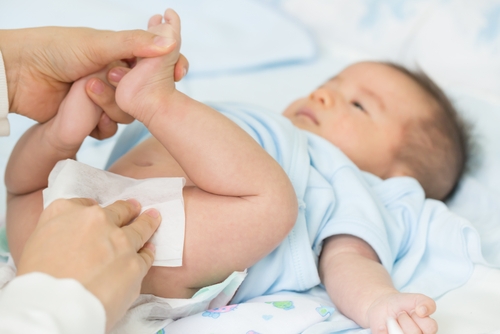Reproductive Options for Sanfilippo Syndrome Carriers

The prevalence of Sanfilippo syndrome in the general population is about 1 in 70,000 people. However, if you are a carrier of the disease, the risk of passing the rare metabolic disorder onto your children is much higher.
A carrier of Sanfilippo syndrome has a single copy of a disease-causing mutation. For the disease to develop, a person has to inherit two copies of a disease-causing mutation — one from each parent. This is called a recessive inheritance pattern.
If your partner is not a carrier of Sanfilippo syndrome, your children will not inherit the disease, but they will have a 1-in-2 chance of being carriers like you.
However, if you and your partner are both carriers, your children will have a 25% chance of inheriting the disease. In such cases, you may want to consider alternative reproductive options. Talk to your doctor and a genetic counselor to determine which options and methods would be best for you and your partner.
Prenatal screens
If you and your partner conceive naturally, you can undergo prenatal genetic diagnostic tests for Sanfilippo syndrome. There are two main methods that doctors generally use: amniocentesis and chorionic villus sampling (CVS). Both methods allow doctors to obtain DNA from the fetus for genetic testing before birth.
In amniocentesis, the doctor uses a needle that is inserted through the mother’s abdomen to collect a small sample of the amniotic fluid that surrounds the fetus in the womb during pregnancy. The amniotic fluid contains some cells from the fetus, which doctors can use for genetic testing.
CVS requires sampling the placenta — the organ that surrounds the developing fetus. The placenta also contains DNA from the fetus and can provide material for genetic testing. The doctor collects the sample by inserting a needle through the mother’s abdomen or vagina.
There are risks associated with either testing method. You should discuss with your doctor and a genetic counselor whether the risks are worth the benefits in your particular case.
In vitro fertilization
One alternate reproductive option is in vitro fertilization or IVF. Clinicians combine sperm and egg cells in a laboratory to create an embryo that is then implanted in the mother’s uterus.
IVF can use sperm and egg from you and your partner, or from a donor. If you use donor cells, the baby will not be genetically related to you and your partner. As long as the donors are not carriers of Sanfilippo syndrome, the baby will not inherit the disease-causing genetic mutation.
Pre-implantation genetic diagnosis
If you choose to use your own sperm and egg for IVF, the clinicians can genetically test the embryos prior to implantation. A few cells from each embryo are usually tested for the presence of a disease-causing mutation. This way, you can choose to have the clinicians only implant embryos that are either carriers or have no copies of the disease-causing mutation.
Last updated: June 16, 2020
***
Sanfilippo Syndrome News is strictly a news and information website about the disease. It does not provide medical advice, diagnosis or treatment. This content is not intended to be a substitute for professional medical advice, diagnosis, or treatment. Always seek the advice of your physician or other qualified health provider with any questions you may have regarding a medical condition. Never disregard professional medical advice or delay in seeking it because of something you have read on this website.






